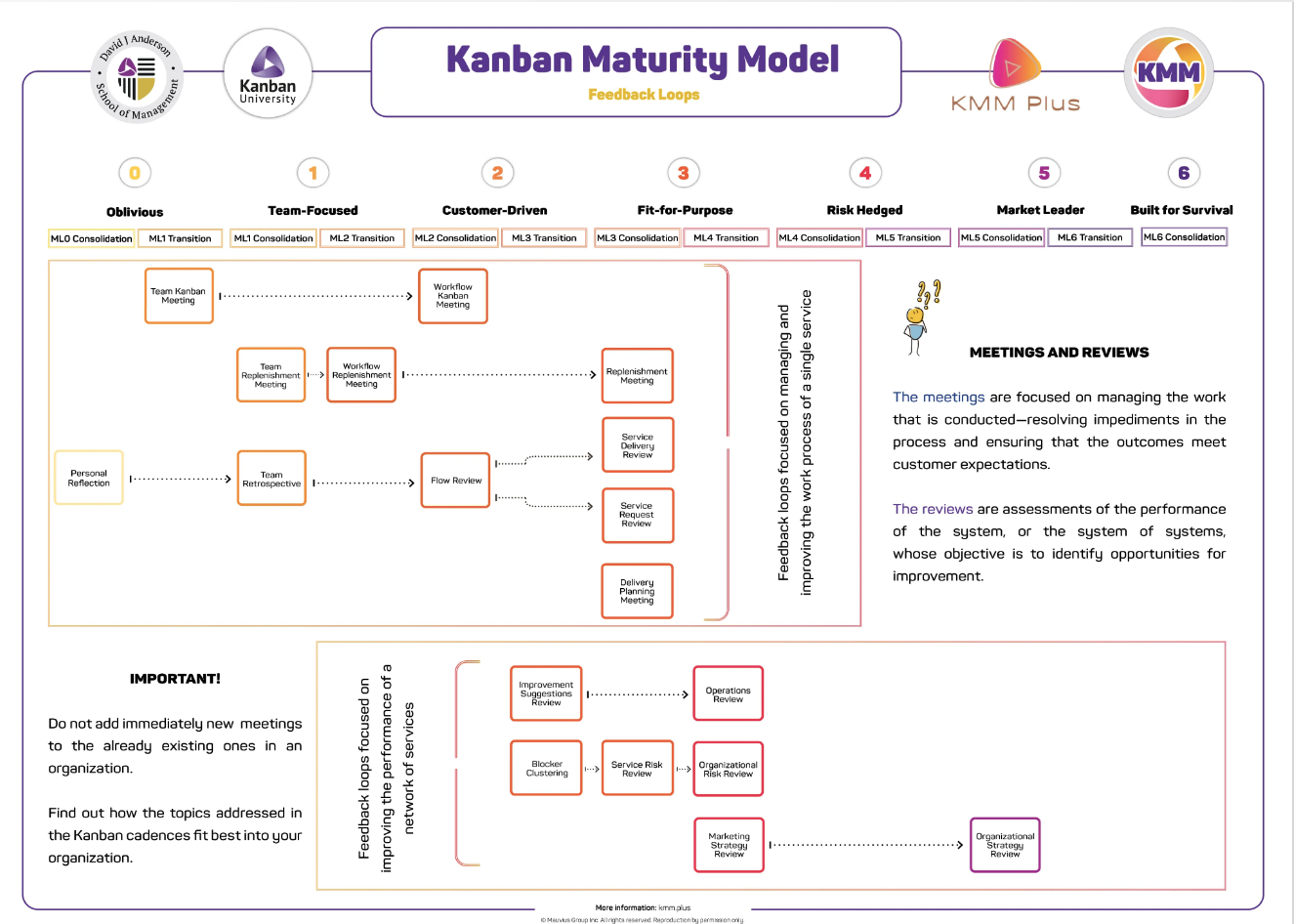Fitness For Purpose Score
An NPS Alternative
I have expressed dissatisfaction with Net Promoter Score (NPS), as regular followers of my work will know. Steve Denning, a writer for Forbes, an investment magazine, suggested in his book Radical Management that NPS was “the only metric you’ll ever need.” NPS scores correlate with high stock prices, and thus NPS is an important metric from an investor’s point of view. If you are a CEO of a public company who receives a large portion of your salary as bonuses based on changes in the stock price, then NPS is an important metric. However, many of my clients who collect NPS data report to me that it isn’t an actionable metric. It merely tells you whether you are winning or losing. It doesn’t tell you what to do!
There are some antidotes to NPS’ failings. The second question asking reviewers to “tell us why you gave the rating in the previous question?” provides the opportunity for short narratives. These micro-narratives can be clustered using a tool such as Sensemaker and useful information can be extracted. There may be actionable information hidden in the clustering of narratives. This advanced use of NPS information is very much still in its infancy and not readily available to many or most businesses.
Therefore, I’ve decided to introduce a new metric into our own surveys. I call this Fitness For Purpose Score. I am hopeful this will become a key strategic planning tool in Enterprise Services Planning.
Fitness For Purpose Score
Businesses often lack knowledge about the purpose for which customers consume their products or services. A product or service that is designed for a specific purpose may end up being used for something else entirely. Some of the more famous examples are washing machines used to make lassi yogurt drinks for Indian restaurants. In evolutionary science, this is known as an exaptation: where something designed for one purpose is adapted for use with another purpose. To have actionable metrics for product or service delivery improvement, you need to understand the customer’s purpose for consuming your offering. When you understand this purpose, you can create the appropriate fitness criteria metrics.
With Enterprise Services Planning (and Kanban) we use fitness criteria metrics to drive improvements. These metrics are used at all levels to compare capability with expectations. The Fitness for Purpose Score is intended to help us understand purpose and whether or not our current capability meets expectations. If it doesn’t we can probe for thresholds to establish new fitness criteria metrics.
Strategic Marketing with Fit for Purpose
This is how our sales and marketing team will be using Fitness For Purpose Score in our own surveys in 2016.
Question 1
What was your purpose [in attending our training class? What did you hope to learn, take away, or do differently after the class?]
Question 2
Please indicate how “fit for purpose” you found [this class]?
5 – Extremely – I got everything I needed and more
4 – Highly – I got everything I needed
3 – Mostly – I got most of what I needed but some of my needs were not met
2 – Partially – some of my purpose was met but significant & important elements were missing
1 – Slightly – I took some value from it but most of what I was looking for was missing
0 – Not at all – I got nothing useful
Question 3
Please state specifically why you gave your rating for question 2.
Questions 1 and 3 specifically ask for short narrative answers. These micro-narratives can be clustered. The first question will provide clusters of purpose which can be validated against our existing market segmentation and may reveal new segments. Question 3 will provide clusters of actionable information for improvements. It could possibly provide new fitness criteria metrics or threshold value for existing metrics. In our Strategy Review meetings, we can decide which clusters to pursue. We also decide whether we are likely to be able to achieve adequate fitness levels to satisfy our customers.
For example
Our own product is management training, though we also have an event planning and publishing business. We position and sell our intellectual property as management training and we deliver it as training classes and mentoring. We are aware that a significant segment exists for software process improvement and for process engineers and coaches who consume our products and services in order to help them in their coaching practice. Even though this segment exists, we specifically and intentionally don’t cater to it.
We believe it would be a strategic distraction. It would undermine our overall message that managers need to be accountable, to take responsibility. They need to make better decisions and take action where and when necessary to improve service delivery. The return-on-investment in our products and services is realized when existing managers change their behavior as a result of our training. And hence, while we appreciate the patronage of process engineers and coaches, we do not specifically cater for their needs.
Net Fitness Score
I intentionally moved away from using the NPS scale, which involves an eleven-point numerical scale ranging from 0 to 10. Drawing from my background in human factors, psychology, and user experience design, I learned that humans encounter difficulties in categorization when faced with more than six categories without a specific taxonomy to guide them. This isn’t a result of Miller’s “Magic Number 7” rather the work of Bousfield W.A. & A.K, and Cohen, B.H. between 1952 and 1966 on clustering.
For example, if you ask humans to rate something 1 to 10 they will struggle to create 10 distinct categories in their mind. When asked to devise their own taxonomy, or clusters, as lay people to the domain, they will tend to create no more than 6 categories. Hence, a scale of 0 through 5 is most appropriate for general consumption.
In my opinion, the NPS people tried this but discovered that in some cultures, such as Finland, people never give the top score on principle. They always choose the one below the best. Hence, the NPS reaction to this was to double the scale using 0 through 10 so that people could give a 9 when they are really giving a 4.5. My feeling on this is that it highlights the issues with numerical scales and undeclared taxonomies. The solution of doubling the scale, however, creates randomness in the system. It generates noise in the data reducing the signal strength, because of the general human issue of modeling categories against the scale. Fixing one problem, the cultural propensity never to give top ranking, creates another problem. There is a cognitive issue in the general population to struggle with more than 6 undeclared categories.
Hence, to avoid both problems, I am declaring the categories with narrative.
The categories
Scores of 4 and 5 indicate satisfaction, signifying that the product or service fulfilled the customer’s purpose effectively.
A score of 3 indicates a neutral response. The person did not receive everything necessary to be delighted with the service, but they did receive something acceptable for their investment of time and money.
Dissatisfied customers are those with 2 or below. They felt their purpose was unfulfilled by the product or service. This dissatisfaction may be due to a poor product or service, or it may be because the purpose was previously unknown or represents a segment that the business has strategically chosen to ignore. Not all dissatisfied customers need to be serviced fully and satisfied: some customers, you simply don’t want – they represent segments you aren’t interested in pursuing.
NFS formula
Net Fitness Score [NFS] = % satisfied customers - % dissatisfied customers
You can improve NFS (Net Promoter Score) through better marketing communications. They should effectively guide the right audience to your business while dissuading the wrong audience. Utilizing NFS can drive excellence in marketing by identifying areas for improvement and by exploring new segments and the corresponding fitness criteria metrics that reveal their viability and profitability as business opportunities.
Want to learn more about F4P scores and how to apply the framework?
Want to learn more? Check out our self-paced learning course!
Do you know about the different classes of service? Read about them on our blog article here.





